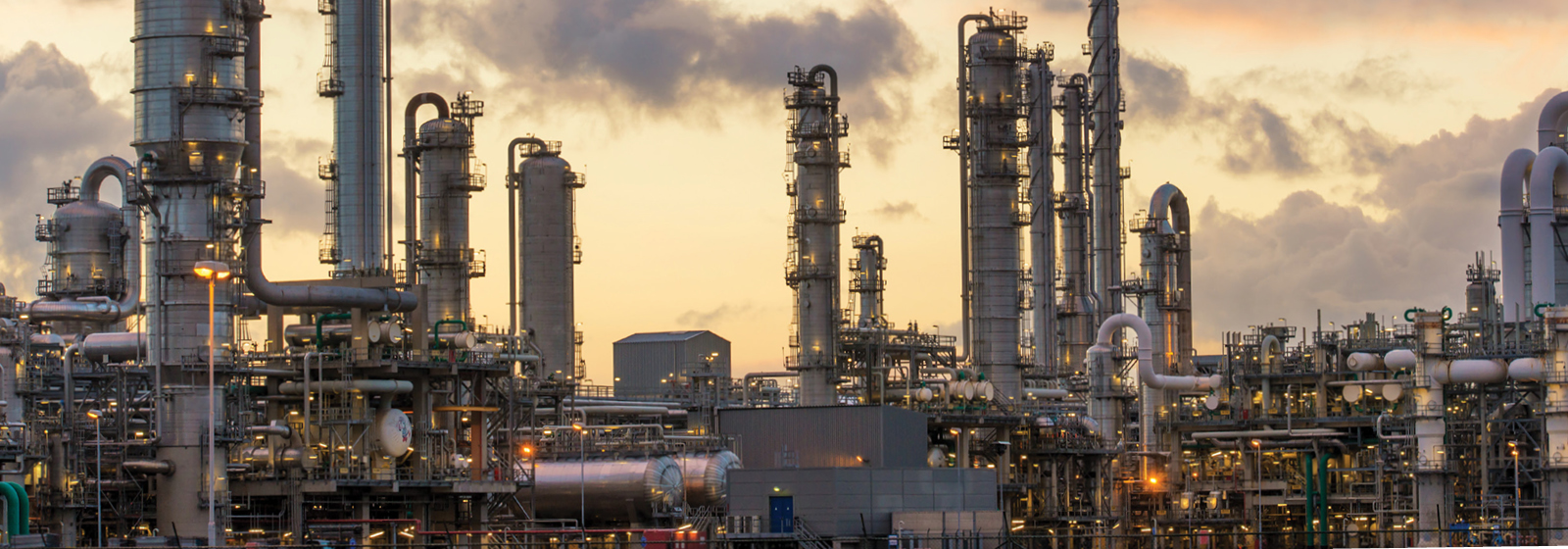Reinventing Pressure Relief Valves
The Crosby Balanced Diaphragm extends back pressure limits to 80% of set pressure and increases the Kb factor up to 15%, expanding the application range of spring-loaded PRVs.
Diaphragms are inherently more resilient than bellows for higher back pressures and rapid pressure cycling applications.
The Balanced Diaphragm technology lowers maintenance costs, improves reliability and increases safety.
Diaphragms are inherently more resilient than bellows for higher back pressures and rapid pressure cycling applications.
The Balanced Diaphragm technology lowers maintenance costs, improves reliability and increases safety.
50-Year Technology Makeover: Cutting-Edge Advancements Take the Lead!











